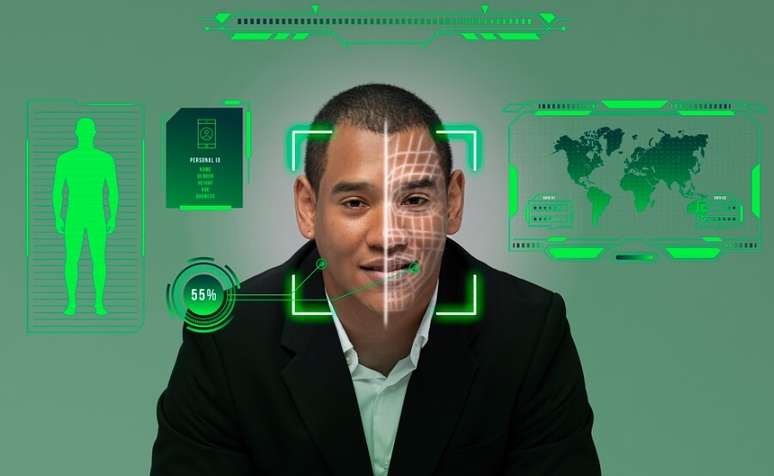Artificial intelligence can be an essential ally in avoiding scams and huge financial losses
Summary
According to research conducted by Visa, Brazil has one of the highest digital fraud rates. Artificial intelligence combined with biometric technologies helps avoid losses through real-time fraud detection and prevention of threats such as phishing and malware.
The Brazilian fraud scenario is an exceptional case. The country was recognized as one of those with the highest fraud risk rate by the Visa Merchant Fraud Report 2023. The annual survey, which is carried out with data from over 2.7 billion Visa transactions on a global scale, focuses in particular on digital fraud cases. Furthermore, during the first hours of Black Friday last year, fraud attempts amounted to more than R$10 million, affecting several sectors of the economy, according to a survey conducted by ClearSale.
In such a challenging environment, it is important to rely on the most innovative and efficient solutions available to reverse and prevent losses. Therefore, artificial intelligence can be an essential ally to avoid scams and large financial and credibility losses for companies.
Anti-fraud AI
Advanced algorithms have the ability to analyze large amounts of data in real time, identifying outliers and atypical behaviors that would easily escape human perception.
Real-time fraud detection is essential for analyzing consumer purchasing behavior, identifying deviations that could indicate irregularities, such as purchases outside of the spending pattern, in time to avoid losses.
This enables fast and efficient decision-making, as happens with identity authentication using biometric technologies, which validate the consumer, preventing fraud by using methods that guarantee the legitimacy of financial transactions.
In this scenario, AI helps protect against attacks such as phishing and malware by detecting and preventing threats through data analytics with the ability to examine large volumes of information, including financial transactions and purchasing behavior.
Furthermore, the predictive capacity of artificial intelligence, combined with machine learning and deep learning techniques, also allows us to anticipate possible threats, continuously adapting to deal with increasingly sophisticated tactics used by fraudsters. This way, financial institutions and businesses can act proactively, strengthening their defenses against digital fraud.
Voice biometrics: additional level of security
A notable innovation in this field is the incorporation of voice biometrics into authentication systems. This technology uses unique characteristics of the human voice, such as pitch, frequency and rhythm patterns to verify the user’s identity.
By adopting voice biometrics, organizations not only add an additional layer of security, but also provide a more convenient experience for users. Voice authentication eliminates the need for complex passwords and codes, replacing them with an intuitive and effective method.
Implementing these technologies not only protects consumers, but also generates tangible benefits for businesses. Reducing false positives, improving user experience, and building a solid reputation for security are some of the results we’ve seen.
Voice biometrics can be used alone or combined with other digital security technologies, strengthening a fraud prevention ecosystem. The result is much more security, reduced operating costs and improved user experience.
is CEO of Minds Digital, Voice IDTech for voice biometrics.
Source: Terra
Rose James is a Gossipify movie and series reviewer known for her in-depth analysis and unique perspective on the latest releases. With a background in film studies, she provides engaging and informative reviews, and keeps readers up to date with industry trends and emerging talents.






